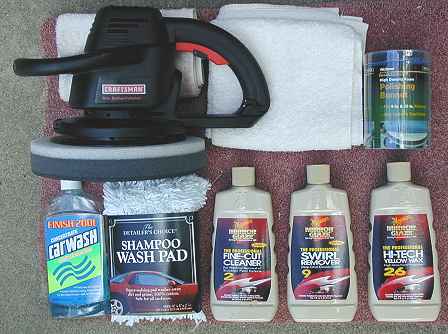
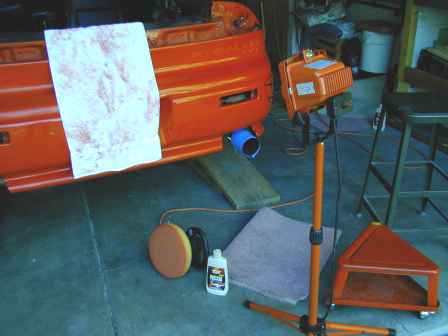
| WARNING. Deep cleaning will remove any wax and clear coat that is present in the area you are working on. The techniques presented here require removing some oxidized paint to reveal good paint below. So, clear coats will be destroyed! |


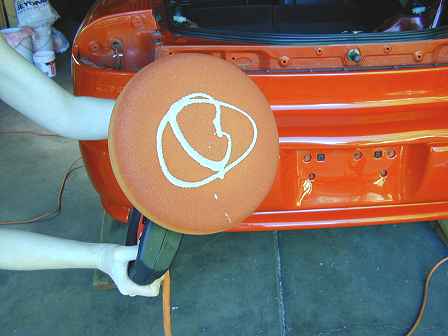
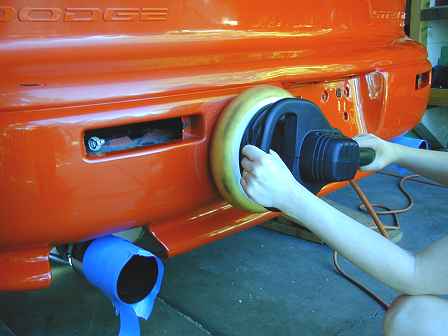
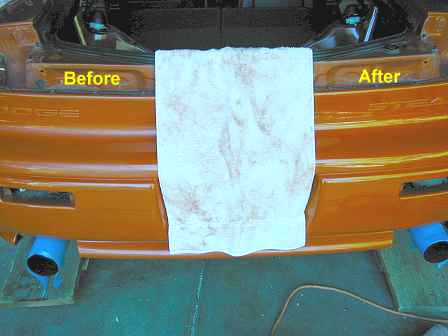
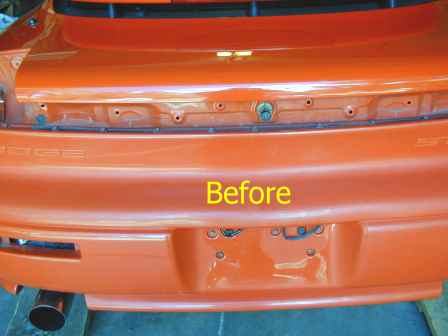
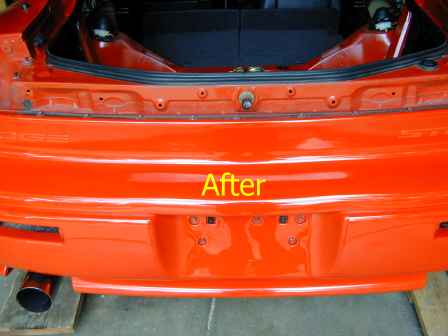
| Back | Home | Forward |